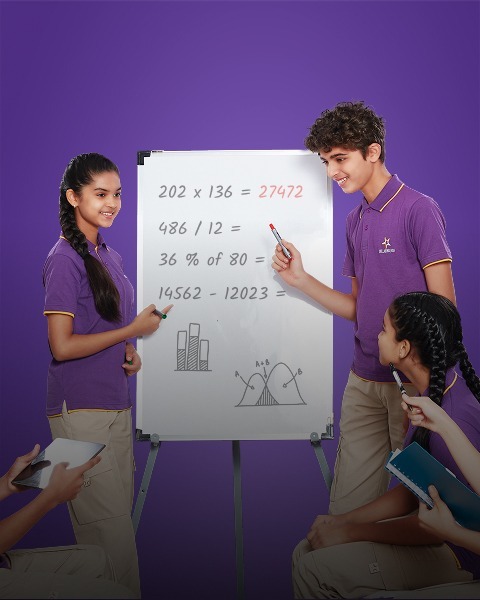Menu
Addition Calculator
Addition is a fundamental mathematical operation that forms the foundation for numerous other calculations. It is the first thing that you teach your children after they fully grasp decimal numbers.
An addition calculator simplifies the process of adding numbers. Knowing how to use an addition calculator online can be a great way to avoid bigger and more time-consuming calculations.
So, let’s explore how an additional calculator works.
Please enter a valid number for Value 1.
+
Please enter a valid number for Value 2.
What is Addition?
- Addition is the process of combining two or more numbers (called addends) to get a total sum.
- For example, adding 3 apples and 5 apples gives you a total of 8 apples (3 + 5 = 8).
- If you want to introduce addition to your children, you may give them some chocolates in their right hand and some more in their left. When you are done, ask him the total count and let him have his way to get the total number.
The Formula for Addition
- Addition is not complex. You just have to add the numbers you have one after another to get the desired result.
- Sum = Addend 1 + Addend 2 + … + Addend n (n = Any number)
- From this formula, it’s clear that the sum is equal to the first addend plus the second addend, and so on, until all addends are included.
How to Use the Addition Calculator Online
An additional calculator helps you when you are dealing with large or complex sums. Here’s how to use one:
- Step 1: Enter the addends you want to sum.
- Step 2: Hit the “Enter” button or “=” sign on your screen
Popular Types of Digital Calculators
Here’s a glimpse of some widely used online calculators:
Frequently
Asked Questions
How do you calculate addition?
There are two common ways to calculate addition:
- Mental math: For smaller numbers, you can visualize the addition process in your head.
- Paper and pen: For larger numbers, using traditional methods with paper and pen works well.
- Additionally, an online addition calculator can quickly and accurately handle any sum, large or small.
What is addition in Grade 1?
In Grade 1, students typically start with basic addition, focusing on small numbers and understanding the concept of combining quantities.
What is addition in Grade 4?
In Grade 4, students expand their understanding of addition by working with larger numbers, and multi-digit sums, and applying addition to real-world problems.

